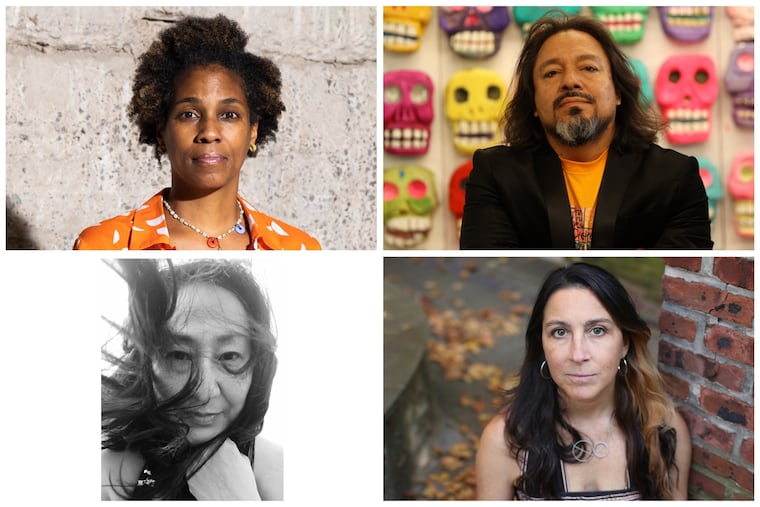Four Philly artists receive United States Artists Fellowship award
This year, the award recognizes sculptor Karyn Olivier, filmmaker Rea Tajiri, choreographer Nichole Canuso, and muralist/sculptor Cesar Viveros. They each win $50,000.

This year, the award recognizes sculptor Karyn Olivier, filmmaker Rea Tajiri, choreographer Nichole Canuso, and muralist/sculptor Cesar Viveros. They each win $50,000.
